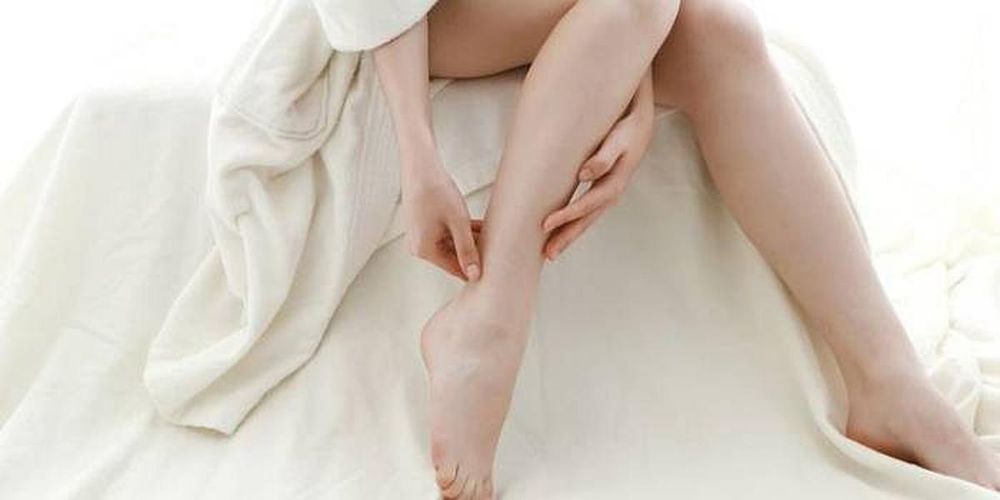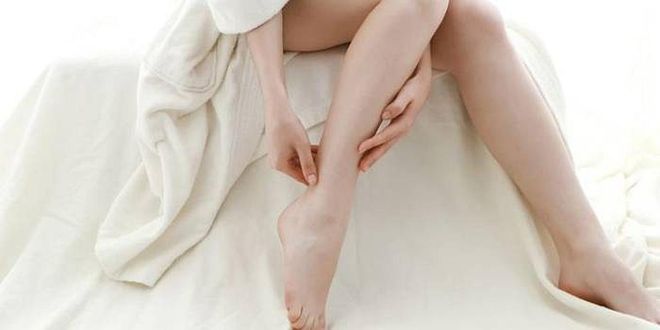

Photo: Getty
Ingrown hairs
Ingrown hairs are a common annoyance, and picking at them only makes matters worse. So, how do you remove an ingrown hair without upsetting your skin? Even better, is there a way to prevent them entirely?
Here, we ask Lucy Dawe, Senior Consultant at Pulse Light Clinic, to reveal exactly how to get rid of ingrown hairs for good.
What is an ingrown hair, and why do they occur?
“Ingrown hairs occur when a growing hair meets a blocked skin pore and turns back on itself, growing inward instead,” explains Dawe. “These hairs then form a bump in the skin which may be itchy or painful and can easily become infected.” In some cases, an infected ingrown hair can even require oral antibiotic treatment.
Rule #1: don’t pick
“Ingrown hairs can often leave scars if scratched or picked,” says Dawe. So, it goes without saying that once you notice one, don’t start scraping away.
Rule #2: exfoliate regularly
Getting rid of the dead skin cells that are blocking the pore is the first route to freeing an ingrown hair. Exfoliation is key – but consider it more of a preventative than a cure.
Regular exfoliation with the right scrub will keep skin consistently clear from dead skin cells, meaning ingrown hairs are less likely to develop in the first place. What’s more, your skin will look brighter and feel more supple too.
Rule #3: re-think hair removal
“Ingrown hairs can be caused by any hair removal method whether that’s waxing, shaving, epilating or threading, anywhere on the body,” says Dawe, who points out that you’ll usually notice them on areas of skin where the hair is coarser. “This is because the hair follicles struggle to fit through the pore and continue to grow under the skin,” she explains.
Tweezing, waxing and shaving (especially if you’ve pulled the skin taut), are the most common culprits though, and you’re most likely to notice ingrown hairs on the chin, bikini area and legs.
The most finite solution lies in laser hair removal, which kills the hair at the root, gradually reducing the amount of hair on the treated area.
“Laser hair removal uses laser light pulses to selectively destroy hair follicles by targeting the melanin in them,” says Dawe. “The pigment in the hair follicle absorbs the laser’s light pulse, which damages the follicle enough to significantly reduce hair regrowth. The laser delivers an intense beam of light, which is absorbed by the hair follicle whilst the surrounding tissue remains unaffected.”
If you’re not tempted by laser hair removal, simply using the best tools for the job will dramatically reduce the amount of ingrown hairs you see. Ditch the flimsy razor in favour of a more efficacious blade, and you’ll notice a smoother shave with less risk of ingrown hairs. What’s more, remember that disposable means disposable, so no eking out its longevity over several weeks.
An electric shaver is also a good option. You shouldn’t experience any ingrown hairs, but the trade-off is that your shave won’t feel quite as close.
And finally, consider hair-removal cream. It might sound old-fashioned, but there are several good depilatory creams on the market today, which work by dissolving the hair at the root, rather than cutting each hair off at an angle (as a razor does).
Rule #4: treat after shaving
If you’re shaving using a razor, try investing in a post-shave lotion or treatment to ensure your pores stay clear and happy. Skin Doctors' clever formulation contains alpha-hydroxy -acids and antibacterial extracts, which work together to sweep away any dead skin cells while reducing redness.
For a more hydrating option, opt for Malin + Goetz's nourishing cream, which contains both salicylic and glycolic acids. And if you're after a quick fix, Fur's finger-sized exfoliating mitts, steeped in willow bark and witch hazel, can't be beaten.
Rule #5: remove gently
Freeing an ingrown hair is a delicate art – harsh scrubbing and picking will likely only lead to bigger problems.
For inflamed ingrown hairs, Dawe recommends first applying an ice or cold compress to the area: this will help calm itching and swelling.
“Patience is a virtue when it comes to ingrown hairs. As long as it is not infected, avoid friction and scratching, and in most cases they sort themselves out,” she says. “Applying one or two drops of tea tree essential oil to an ingrown hair can help prevent infection and reduce inflammation.”
However, if you do need to remove a trapped hair, proceed with care. “Gently exfoliating the area using a soft bristled toothbrush or a textured mitt in circular movements can help,” advises Dawe. Just remember to use unscented soap and warm (not scalding) water.
Another approach is to use a gentle exfoliator to remove the dead skin cells and coax out the trapped hair. Dawe’s homemade recipe is as follows:
In your ceramic bowl, mix together
• 1 cup coarse sea salt
• 4 tablespoons coconut oil
• 1 tablespoon raw honey
• 10 drops tea tree oil
She recommends taking half a teaspoon of your blend and rubbing in circular motions for 30 seconds, enlisting a bath mitt for larger areas.
This article originally appeared on Harper’s BAZAAR UK.
Related articles:
How To Do An Invisible Haircut At Home
How To Clean Your Make-Up Brushes Correctly
The Best Hair Tools For Every Hair Type And Style